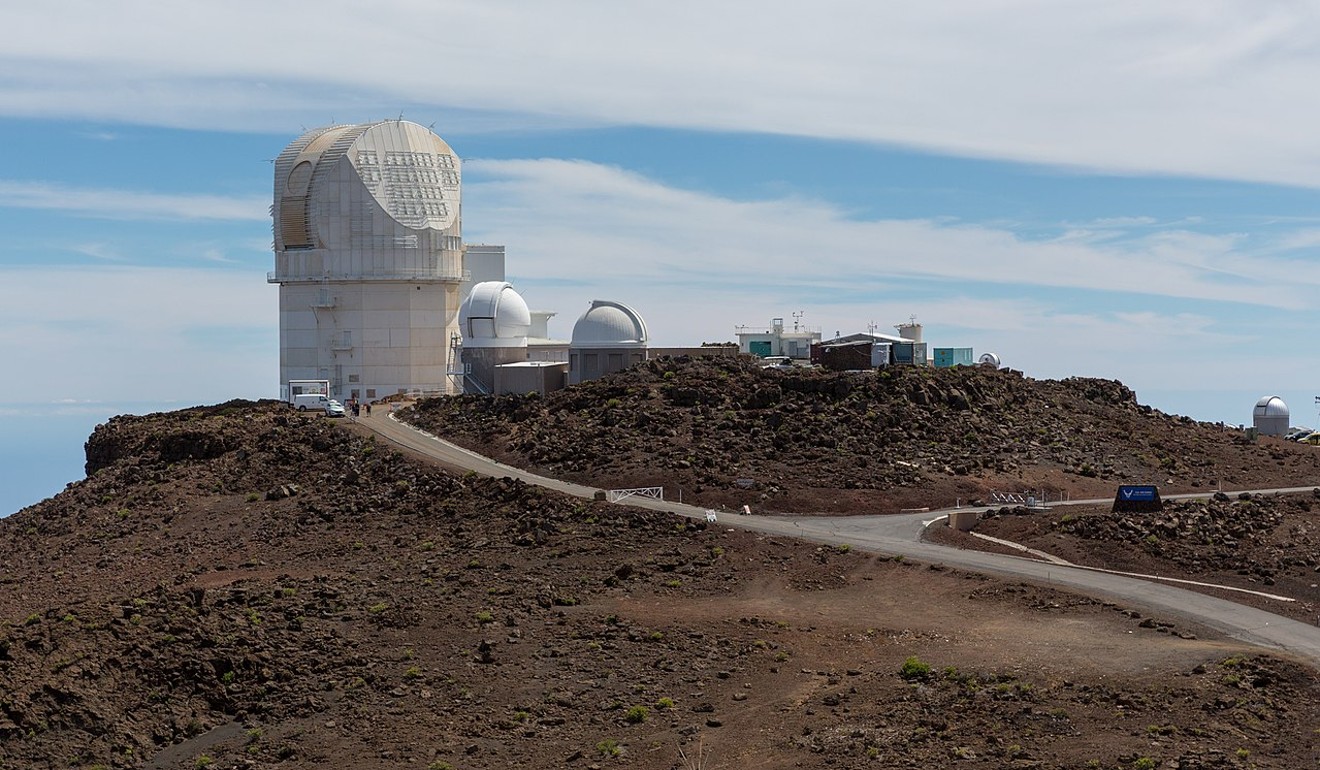
Scientists in southwest China on Tuesday said they had built the world’s second biggest solar telescope, which they say will provide more accurate data and improve forecasting.
With a 1.8-metre aperture, the Chinese Large Solar Telescope (CLST) was developed by the Institute of Optics and Electronics at the Chinese Academy of Sciences in Chengdu, Sichuan province.
The United States has the world’s biggest and most powerful telescope, with a 4-metre aperture, but the Daniel K Inouye Solar Telescope (DKIST) in Hawaii is still going through testing and commissioning.
Rao Changhui, lead scientist on the Chinese project, said the new telescope would be used to monitor solar activity and provide better observation data to support solar physics research and space weather forecasting.

The Gregorian telescope has an open structure with a retractable dome and a large mechanical derotator to keep it pointed at the same spot as the Earth rotates. It also has adaptive optics, and magnetic and velocity field detection.
For now, it is the biggest solar telescope in operation. The US has two 1.6-metre solar telescopes operating, while Germany has one with a 1.5-metre aperture.
The larger the aperture, the more powerful a solar telescope is in terms of collecting optical or electromagnetic signals – meaning it can make more accurate observations.
Previously, the biggest in China was the 1-metre New Vacuum Solar Telescope in Yunnan province.
“Solar cycle 25 has begun, and solar activity is increasingly frequent, so space weather events will become more severe,” Rao said.
The new cycle – the 25th since 1755, when accurate record-keeping began – will see a significant increase and then a decrease in solar activity. That includes sunspots, or darker areas on the surface of the sun, solar flares, and coronal loops of magnetic field which arc over the surface of the sun. The cycle started in late 2019 and is expected to last until 2030.
Many countries have stepped up efforts to build large solar telescopes in recent years.

The DKIST in Hawaii took its first close-up shot of the boiling plasma of the solar surface in January. It is expected to be ready for use in July, as the first sunspots of solar cycle 25 start to reach their peak.
The CLST captured its first high-resolution images of the solar atmosphere a month earlier, in December.
China is also working on a radio solar telescope in Daocheng, also in Sichuan province, that is expected to be in operation by 2021. It will have 401 antennas, each of them 4.5 metres in diameter, in a 1km circular array. Scientists working on the project say it will be used to monitor coronal mass ejections, and the stream of particles they spew out from the sun, or solar wind, and to provide an early warning of any potential impact on Earth.
Europe is also designing and developing a 4-metre telescope that will be located in Spain’s Canary Islands.






